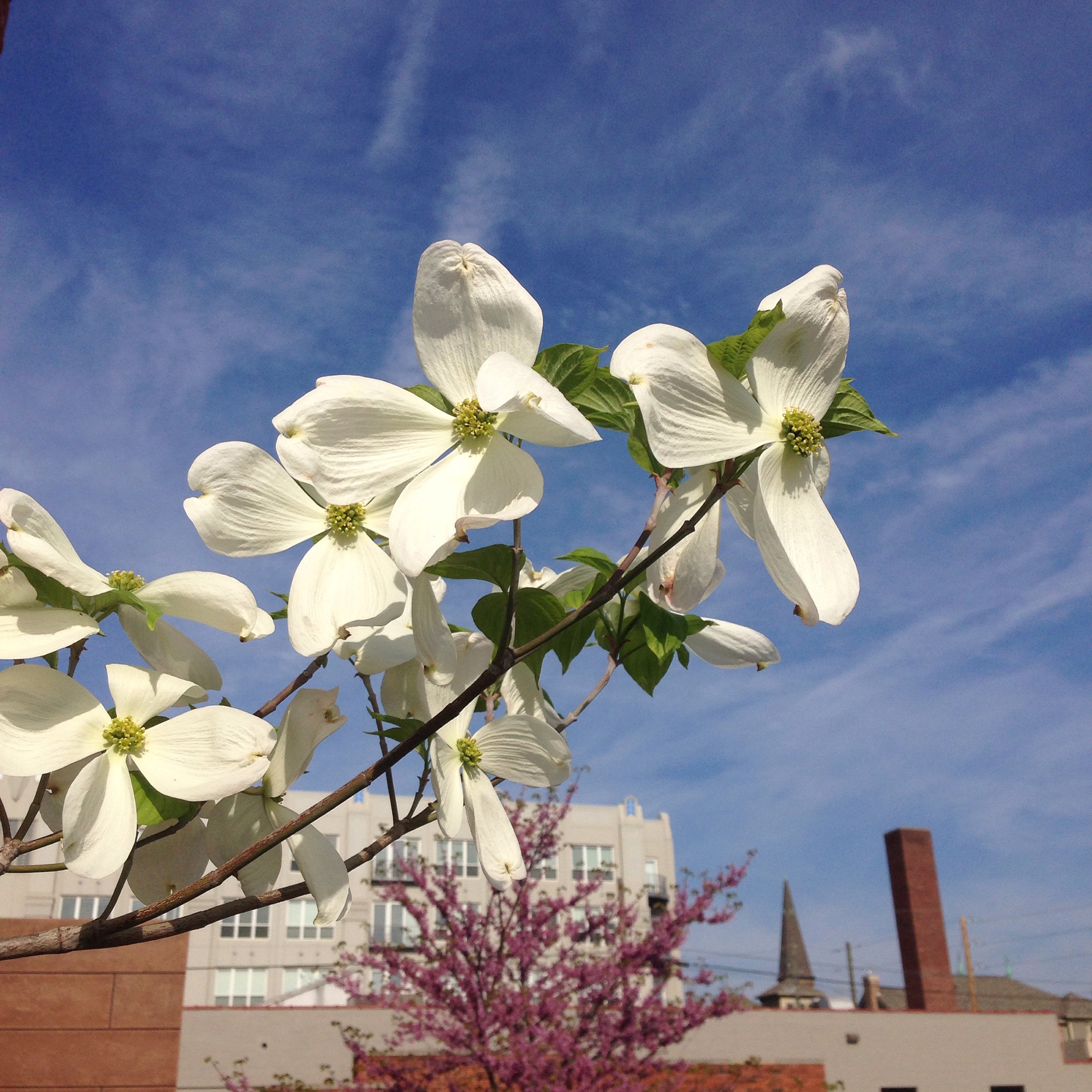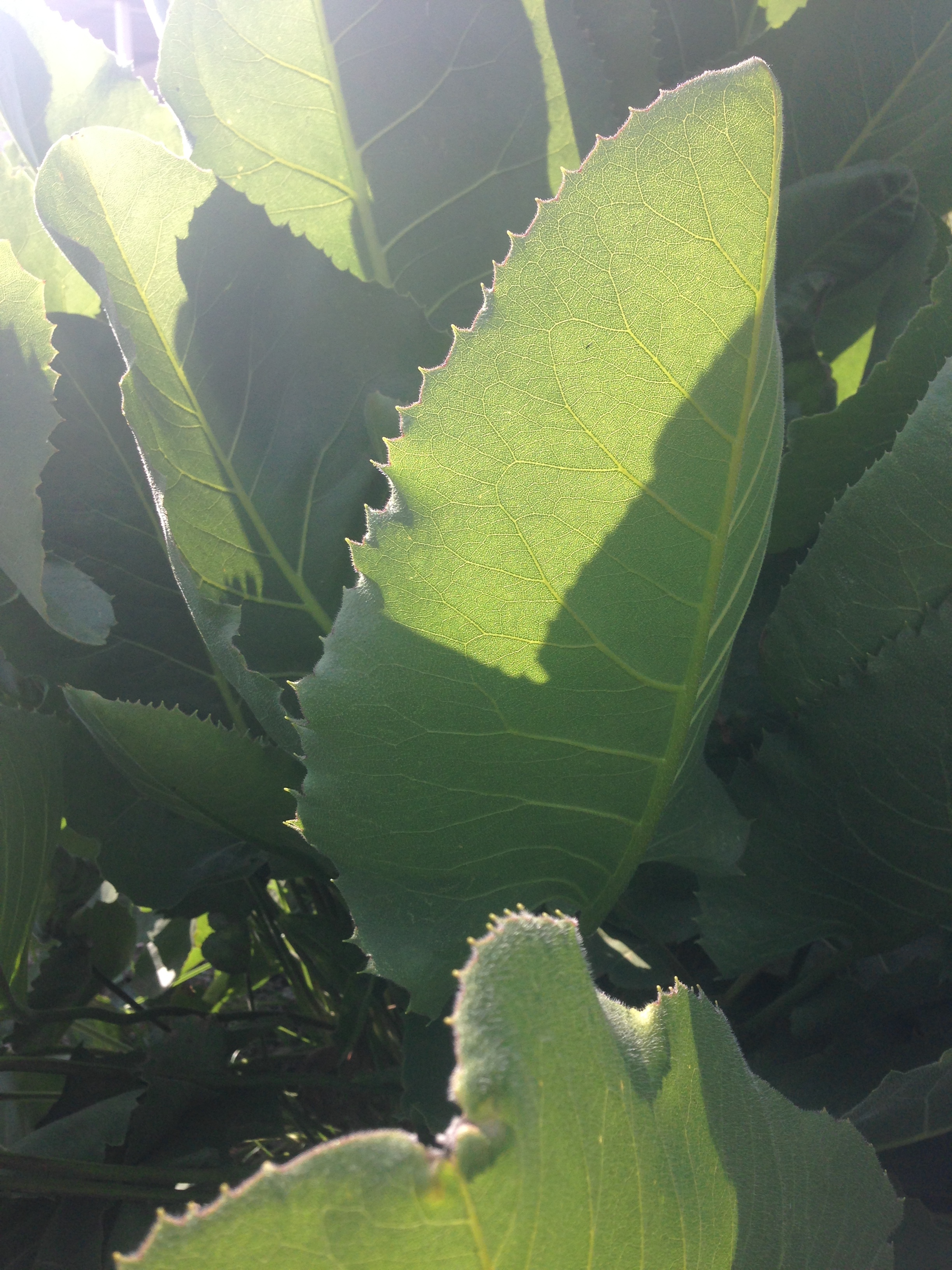The Value of Native Plants in the Landscape
In honor of Earth Day earlier this week, today we'll talk about native plants and how they benefit us. You may have heard the term "biodiversity", but you may not know a lot about what it means other than a vague sense that it might have something to do with the rain forest. At the simplest level, biodiversity is having a wide range of species in an ecosystem. It is essential for all environments, not just places we consider wild or natural. Not to sound overly dramatic, but maintaining biodiversity is one of the keys to maintaining all life on the planet.
Why do we need biodiversity?
Biodiversity buffers an ecosystem against disaster. If you have dozens of species of plants and animals and a new stress is introduced, there's a good chance that some of the species will be able survive. If you have only a few species and one is susceptible to a new threat, the results can be devastating. For example, ash trees can represent up to 40% of the trees in our towns and cities in Indiana. Now that we have emerald ash borer in Indiana, some communities could lose nearly half of their trees. Towns with a greater diversity of trees in their streets and neighborhoods are losing fewer trees.
If an ecosystem is dependent on just a handful of species and they die, we could lose that whole ecosystem. It's like playing Jenga. It's easier at the beginning of the game when no single block is responsible for holding up the tower. But as you make more and more holes, removing just one block can send the whole thing crashing down. Worst case scenario, losing enough ecosystems can wipe us out. A strong ecosystem can capture atmospheric carbon and pollutants, reduce summer heat, purify water, reduce noise pollution, produce oxygen, and much, much more. We need all of these functions on the large scale to support life on earth, and we also need them on the local scale to make life more pleasant, healthy, and sustainable.
So as you can see, biodiversity is important everywhere, not just in wild spaces. To maintain biodiversity in any given area, you need to use plants that are adapted to those environmental conditions and that have developed close relationships with the insects and animals that also live in that area. This leads us to native plants.
How do native plants support biodiversity?
Native plants interact with the local ecology in a way that non-native plants can not. For example, our native spreading phlox species (Phlox divaritica) relies on a species of hummingbird moth for pollination . Planting the phlox alone isn't enough to attract the moths, because the only food source for their caterpillars is our native trumpet honeysuckle, Lonicera (not to be confused with the invasive honeysuckle you may have heard of). The caterpillars are kept under control because they (and the caterpillars of many other species) are an important food source for native songbirds to feed their young. I could keep going with how each of these steps interacts with other native flora and fauna to build a rich, diverse web of life in our own back yards. This kind of adaptation isn't rare. 90% of insect species are specially adapted to be able to feed on only a few plant species, so we need diverse plant life to sustain diverse insect life to keep songbirds and so on.
What counts as a native plant?
That's not an easy question. Are we talking from the US, east of the Mississippi, Indiana, Marion County? There's also the question of time frame, since the kinds of plants growing here have changed over thousands of years. There is no hard definition on what counts as native, but closer is better. Your goal in planting native plants is to provide habitat and food for other native species, so they farther you go the less likely the plant will be doing any good. State boundaries are common guidelines, but not a hard and fast rule. If you live in the northwest corner of Indiana near Chicago, there may be plenty of plants native to Illinois that would do much more good for you than a plant that grows naturally in Evansville. It's also important that you are picking a native species that fits your conditions. Plants are adapted to specific light, water, and fertility levels, and you need to match those.
Why aren't more people using native plants?
Despite the growing public awareness of the value of native plants, people are still reluctant to use them. Let's take a look at five common objections to landscaping with native plants and how to answer them.
Native plants look messy.
It is true that some native species have an unkempt appearance. However, there are many that remain quite tidy and manageable, especially if placed properly. I think the driving force behind this misconception is that people rarely see native plants in formal designs because so many of the people who are passionate about native plants tend to favor a more naturalistic design approach. If formal designs are more to your taste, rest assured that they can be created with native plants. Don't be afraid to pick a dwarf variety to keep it tame!Native plants get devoured by insects.
Native insects do eat native plants, and if you just grow one plant of one species it may get chewed up. But if you plant native species in groupings, the insects will spread out, and you'll barely notice any damage. In fact, research has shown that the amount of noticeable insect damage in a native landscape is no different than the amount of insect damage in a traditional planting.Native plants are too expensive, and I don't know where to buy them.
If you buy native plants at a special sale or event designed specifically to raise funds for native plant use and awareness, you may be paying a marked up price that not only covers the actual expense, but also benefits the organization (which is often a great thing!). Unfortunately, this may be the only way some of us can find wild-type native plants. If you are up for a bit of adventure, remember that collecting seeds is free (some nature reserves have rules about collecting seeds, so make sure you are respecting those restrictions). More and more garden centers are carrying natives or varieties of natives, and nurseries open to the public can help you. The more we ask for native plants, the more available they will become. Here are some places you can buy native plants in Indiana, and if you check out this list you might find that there are native species hiding in plain sight as classic favorites in any garden center.Native plantings are high maintenance.
Native plantings don't require the kind of shearing, fertilizing, treating, and primping that are needed to maintain some of the introduced ornamentals we use so often. Once a native planting is well established, it will grow densely enough that you barely even need to pull weeds. In a purely native garden, eventually your only maintenance will be cutting back perennials in spring and occasionally pruning shrubs or pulling weeds.The plants I love are non-native.
If you take the time to get to know your native plants, you'll probably be surprised by some of the beautiful options. But it's okay to have some favorite non-natives as well. You can have a mixed garden of native and non-native plants and still be providing a haven of biodiversity, especially compared to the non-native landscapes that have become the norm. Try experimenting a little at a time by finding one or two native species you like and adding them to your garden.
When writing this I took a lot from my notes on a presentation by writer and entomologist Dr. Doug Tallamy. I strongly recommend his books, and I have listed them with some other resources below. I painted a pretty grim picture earlier of what can happen if we refuse to build living landscapes, but it's not hopeless yet. With some simple changes in plant choice, you can see results quickly, even in the most inhospitable urban environments, so get out there and make a difference!
If you're ready to add some native plants to your landscape, you can get started with these 25 native species that are often carried in garden centers. Do you have any experiences or stories about native plants? Share some in the comments!
Web Resources
Indiana Native Plant Society (INPS)
Landscape-Friendly Indiana Native Plants
PLANTS Database (USDA Natural Resources Conservation Service)
Book Resources
Bringing Nature Home (Doug Tallamy)
The Living Landscape (Doug Tallamy)
Field Guide to Indiana Wildflowers (Kay Yatskievych)
101 Trees of Indiana: A Field Guide (Marion T. Jackson)
The Midwestern Native Garden: Native Alternatives to Nonnative Flowers and Plants (Charlotte Adelman & Bernard L. Schwartz)













